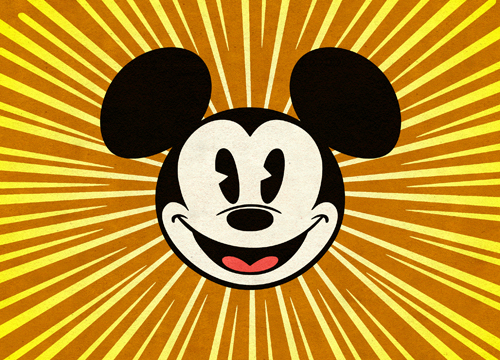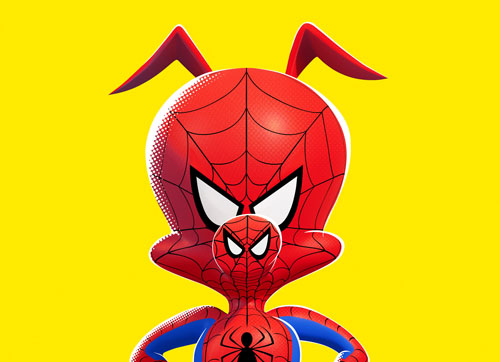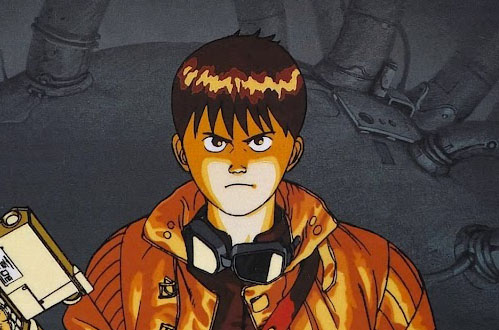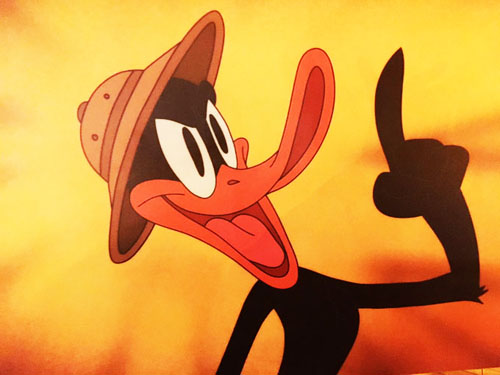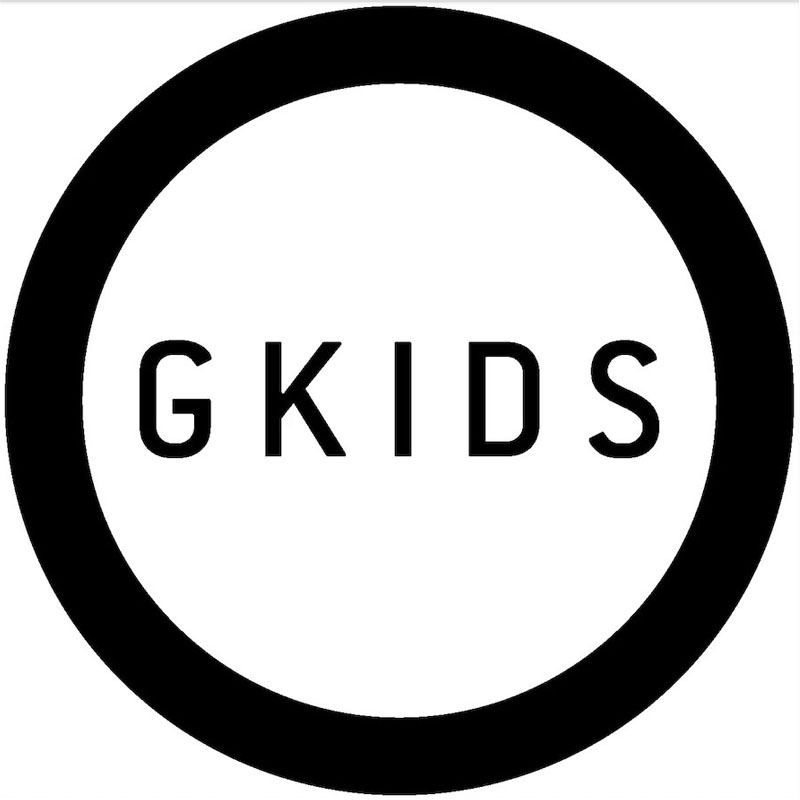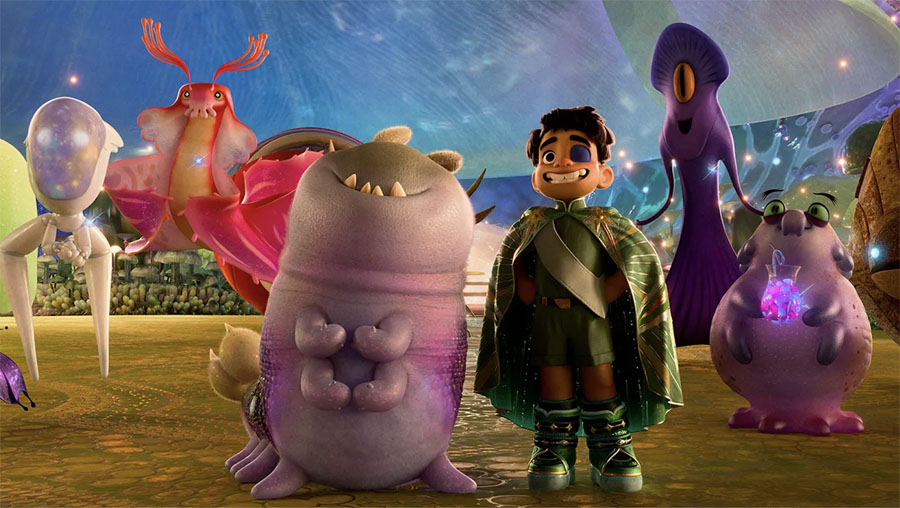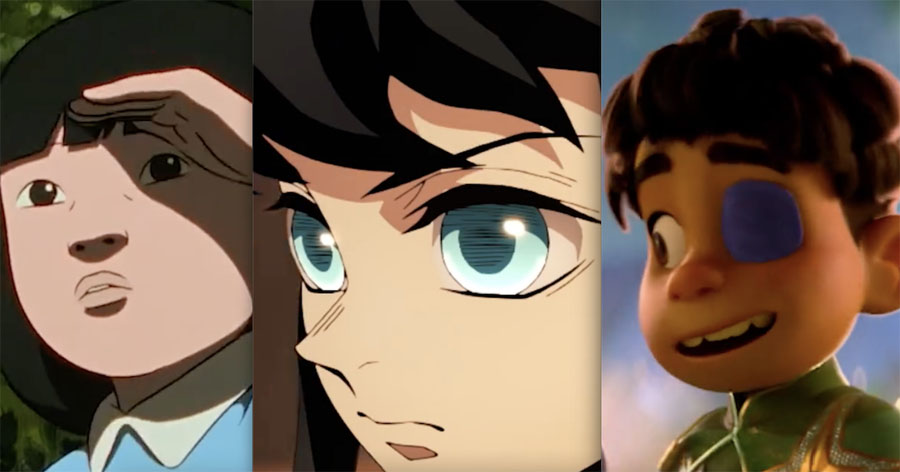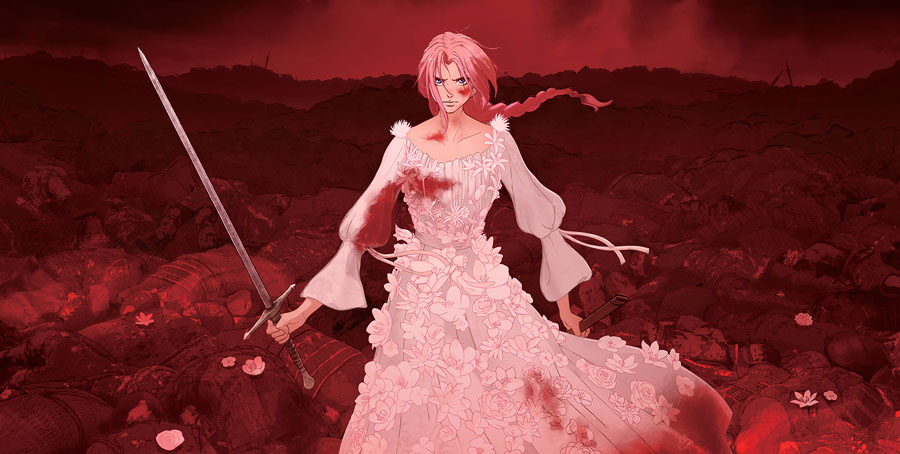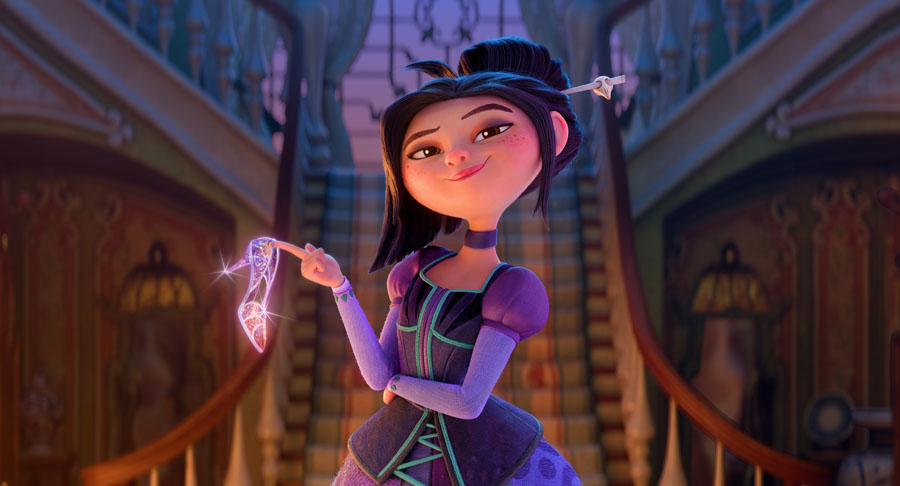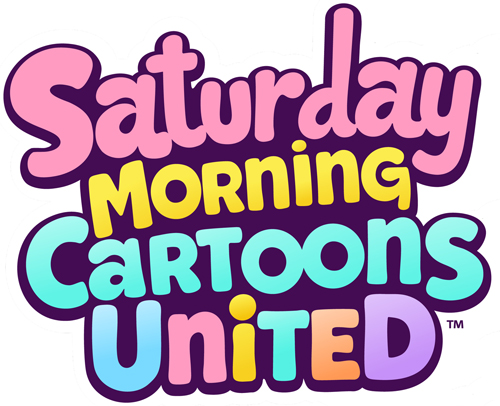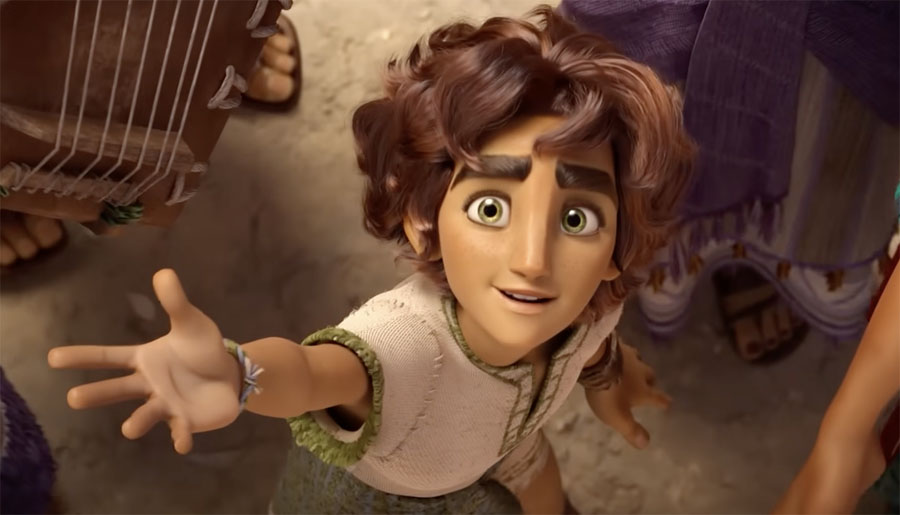Hugo Covarrubias is having a very good 2022 so far. His dramatic animated short Bestia is one of the 15 finalists for the Best Animated Short Film Oscar. It’s already nominated in the same category at the Annie Awards. And later this month, Bestia will be shown at the 2022 Sundance Film Festival. Covarrubias takes me behind the curtain for a look at why this short is getting so much attention. (This interview was conducted as an Email Q&A.)
Jackson Murphy: How did real-life events inspire you to tell this story?
Hugo Covarrubias: The idea came from the desire to make a series about sinister characters in Chile’s political history. During the research, the figure of Ingrid Olderock (the woman agent of Pinochet’s secret police who inspired the story) was repeated in the books. We realized that this woman, in the interviews, revealed many mental imbalances resulting from the system in which she was involved. A totalitarian and ultra patriarchal system that ends up driving its employees crazy by treating them as if they were small parts of a monstrous machine. This is how many layers of reading appeared that helped to give power to the script.
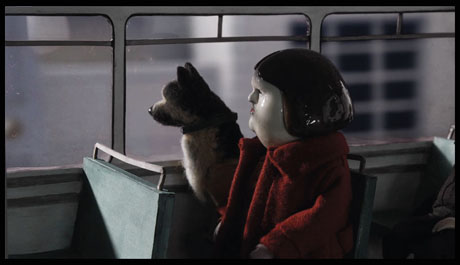
JM: How did you want to show/represent the mental state?
HC: I tried to represent the mental states through several factors. The character’s performance was fundamental in that, since you can appreciate a progression in the mental obfuscation through the scenes. Her mind goes through different states, which through lighting, sound design and framing, you can appreciate feelings of pleasure, drowning, frustration, imbalance and anger.
JM: What do you think is unique about her relationship with her dog?
HC: I think the relationship with her dog is not typical. At the beginning of the short film it seems to be a somewhat complacent and overprotective relationship between owner – pet, but little by little we realize that apart from being a companion in her decadent loneliness, it is an instrument to commit horrendous crimes during the military dictatorship. What seems to be a sometimes pleasant relationship finally ends up showing us how this gigantic machinery of evil works.
JM: What aspects of the set design (especially the house) will stop-motion animation fans love to learn?
HC: As for the set design, we took special care with some props that are very important to tell the story from a symbolic point of view, such as the radio and the turntable. These kinds of Easter eggs help to understand certain historical things, taking into account that it is a film without dialogues. Ingrid’s house represents something very important in the story, because finally the rooms and corridors are a kind of representation of the spaces of her mind. The sets and props were made with cardboard for its more textured and opaque side, dyed with inks to maintain that texture, which generates a contrast between the brightness of the faces of the characters and the backgrounds.

JM: I read that Bestia took three and a half years to complete. What was most challenging about the production timeline? How do you feel having been so devoted to this short for so long?
HC: I think the most difficult thing was to deal with things like the social outbreak in Chile in October 2019, because apart from influencing the timing, it made the decision to talk about these kinds of human rights issues more meaningful. Then in 2020, there was the pandemic, which again delayed our production times and put us in a state of psychological alert that was difficult to cope with. The positive side of these pauses was that we were able to take the time to review how the film was coming along and I took the opportunity to further enhance the scenes that had yet to be animated. These were times that made me reflect on the premise of the film, and there are a couple of sequences that I was able to feel and improvise within this kind of “pandemic time stopped”.
JM: There are some shocking moments in the story. Are you just as surprised by certain moments each time you watch Bestia? What has the audience response/reaction been like?
HC: It’s strange but yes, every time I watch Bestia I’m still surprised by some moments. Sometimes I forget I directed the film. I watch it as just another spectator and I’m surprised. I get goosebumps again when we reveal certain mental states such as her frustration, her nightmares or the ghosts that haunt her. The audience’s response has been very good, I think they understand each of the intentions in each scene, and they also manage to find themselves with the premise. I think that is very difficult to achieve in a film without dialogue, trying to express all these layers of reading through actions, gestures, atmosphere, sound and lighting. But, based on the audiences’ reception, I think it was achieved.

JM: This will be shown as part of the Sundance Film Festival animated shorts presentation next month. What does this recognition mean to you?
HC: It is something very important because we are the first animated short film in Chile to be in the official selection at Sundance. It is also a very good opportunity to promote the film and also for the Oscar campaign. I hope that this, added to the nomination at the Annie Awards 2022, will leave us in a good position.
JM: Are you emotionally prepared for possibly receiving an Oscar nomination?
HC: That’s a difficult question, because I don’t like to get my hopes up. But it would certainly be incredible news, and I think I’m ready for everyone to see Bestia. I think that’s the most important thing, beyond the awards. But of course, with emotions you never know.
